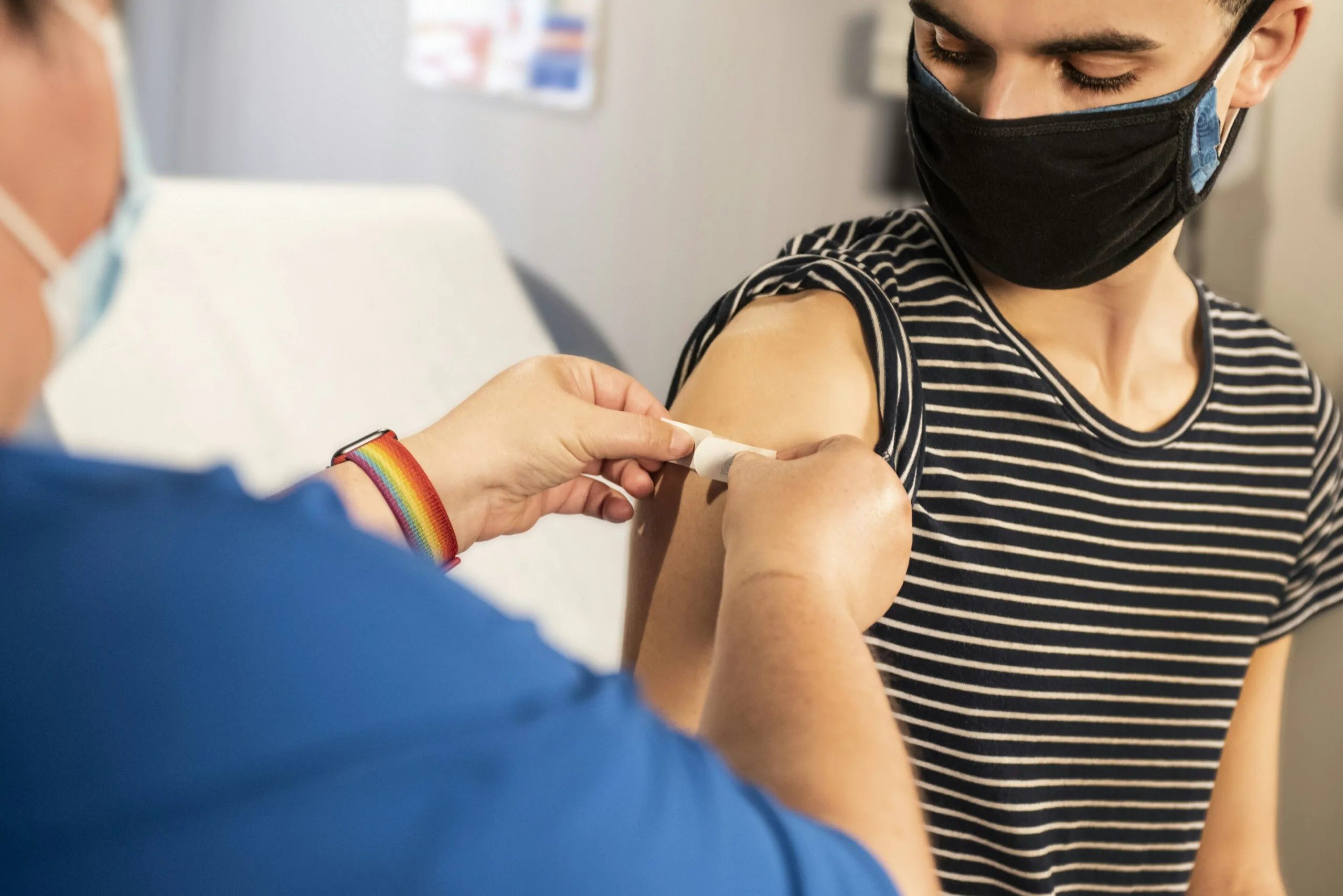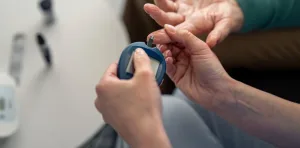Understanding Vaccine-Induced Immune Thrombotic Thrombocytopenia (VITT): New Insights from TTS Consortium
Recent in-depth analysis by the Thrombotic Thrombocytopenia Syndrome (TTS) Consortium is shedding light on vaccine-induced immune thrombotic thrombocytopenia (VITT), a rare but significant condition. This research offers crucial information for healthcare professionals and the public alike.
What is VITT?
VITT is a rare syndrome characterized by blood clots (thrombosis) and low platelet counts (thrombocytopenia) that can occur after receiving certain vaccines. Understanding its mechanisms and risk factors is vital for effective diagnosis and treatment.
Key Findings from the TTS Consortium Analysis
- Mechanism of VITT: The analysis delves into the underlying mechanisms of VITT, helping scientists understand how certain vaccines may trigger this response in a small number of individuals.
- Risk Factors: Identifying potential risk factors can aid in predicting who might be more susceptible to developing VITT.
- Diagnostic Approaches: The research provides insights into the best diagnostic strategies for quickly and accurately identifying VITT cases.
- Treatment Strategies: The analysis highlights effective treatment protocols for managing VITT, aiming to improve patient outcomes.
Implications for Healthcare
The findings from the TTS Consortium have significant implications for healthcare providers:
- Enhanced awareness of VITT symptoms and diagnostic criteria.
- Improved protocols for managing and treating VITT cases.
- Better informed decision-making regarding vaccination strategies.
Moving Forward
This research marks a crucial step forward in our understanding of VITT. Continued studies and global collaboration are essential to further refine diagnostic and therapeutic approaches, ultimately ensuring safer and more effective vaccination programs.
Final Words
The TTS Consortium’s analysis provides essential insights into VITT, contributing to improved diagnosis, management, and patient care. As research continues, healthcare professionals and the public will be better equipped to address this rare but serious condition.



+ There are no comments
Add yours